Highlights:
- Charithra Chandran attended Wimbledon as a Ralph Lauren ambassador, turning heads in a vintage-inspired ensemble.
- Her look echoed Bridgerton character Edwina Sharma, with soft curls and a classic summer palette.
- Fans online praised her poise and outfit, with many saying she outshone stars like Andrew Garfield.
- The actress wore a green cashmere sweater, tailored lambskin shorts and white Nappa pumps.
Charithra Chandran’s Wimbledon appearance might have been behind Hollywood stars Andrew Garfield and Monica Barbaro, but her crisp summer ensemble made sure all eyes found her. Dressed head-to-toe in Ralph Lauren, the British-Indian actress brought understated elegance and old-school charm to Centre Court, and social media took notice.
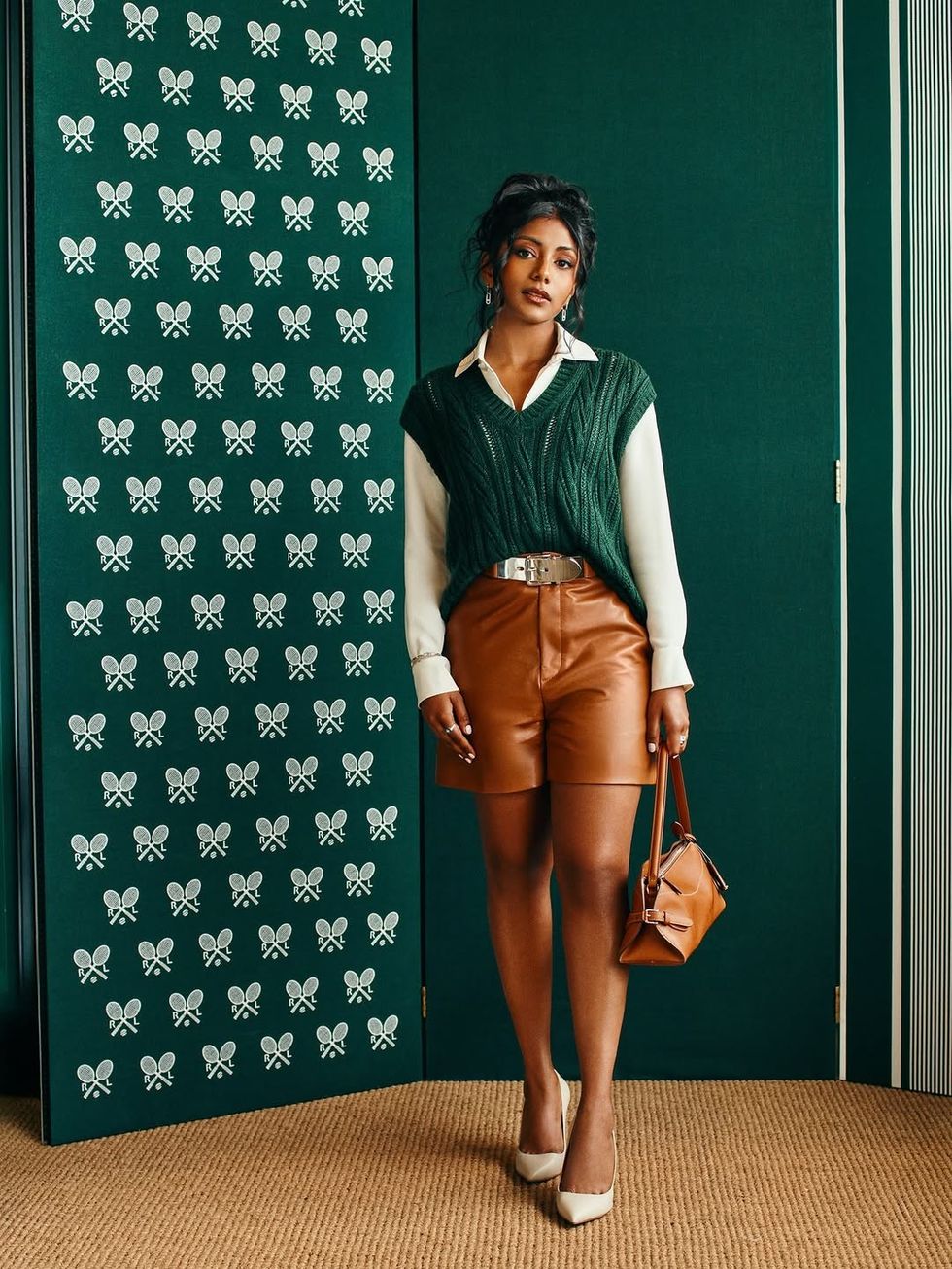
A Ralph Lauren moment with a Bridgerton nod
Charithra arrived at Wimbledon 2025 in a look that paid homage to her Bridgerton roots while firmly placing her among fashion’s rising stars. Wearing a sleeveless green cashmere sweater layered over a crisp white shirt, she paired the look with tan lambskin shorts and sleek white Nappa pumps, giving preppy summer chic a polished, modern upgrade.
She styled her hair in soft vintage curls, writing on TikTok that her look was “Edwina inspired,” referencing her breakout role in the hit Netflix period drama. She later posted the outfit on Instagram, captioning it, “Repping @wimbledon green with @ralphlauren. Wouldn’t be summer without it.” The post quickly gained traction, with fans and fashion watchers alike praising her effortless charm.
Fans say she 'stole the spotlight' from Hollywood A-listers
While Andrew Garfield and Monica Barbaro were seated directly in front of her, and even made headlines for their courtside chemistry, many online noted that Chandran quietly stole the moment. One user tweeted, “Charithra Chandran is so beautiful, I didn’t even notice Andrew Garfield.” Another added, “Serving face, grace and Wimbledon-worthy class.”
Reddit threads lit up with praise for her presence and look, with several fans highlighting how refreshing it was to see a dark-skinned South Asian woman at the centre of attention at such a high-profile event. The comments ranged from “She should be a Disney princess” to “That’s the definition of quiet luxury.”
from kollywood
Style with substance: why Chandran’s fashion matters
Chandran’s choice to embrace a look so rooted in vintage elegance and British tailoring also mirrors her own journey. She is an Oxford graduate who brings intelligence, poise, and presence both on-screen and off. As a brand ambassador for Ralph Lauren, she has consistently delivered looks that nod to heritage while adding her own contemporary vibe to it.
In a media landscape that still underrepresents South Asian women in luxury fashion spaces, Chandran’s presence at Wimbledon in a leading designer’s box, and in their outfit, felt quietly radical. She wasn’t just there; she belonged there.
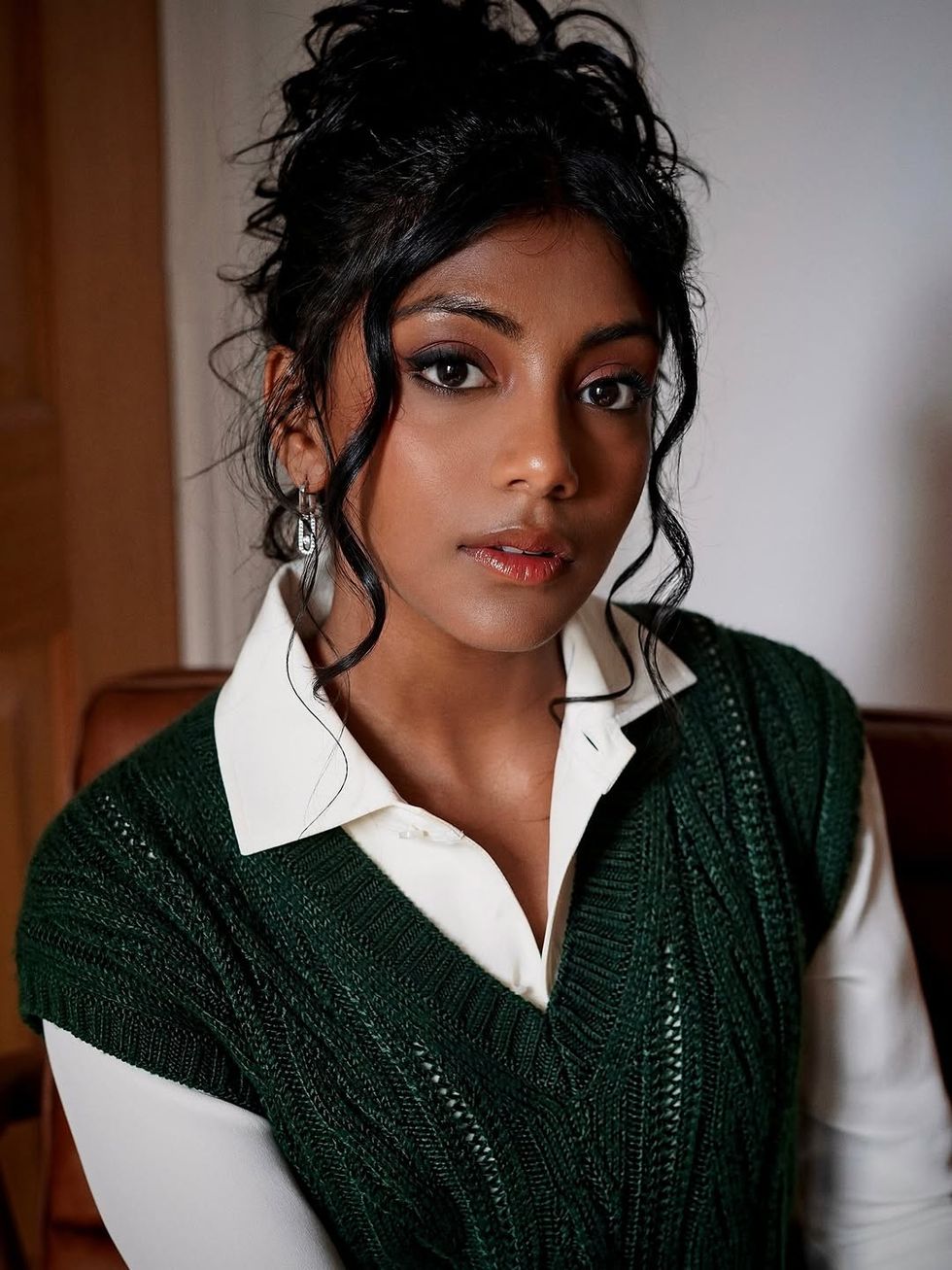
From Bridgerton to fashion’s front row
While Charithra Chandran is best known for playing Edwina Sharma in Bridgerton Season 2, she’s no stranger to reinvention. Recent credits include Dune: Prophecy and the upcoming season of One Piece, where she plays Nefertari Vivi. Off-screen, she’s rapidly becoming a name to watch in the fashion world, with red carpet looks that bring together tradition and trend with striking ease.
Whether she’s portraying a royal on screen or sitting in the royal box in real life, Chandran’s presence is part of a larger shift towards a more diverse, intelligent, and graceful representation in both fashion and film.
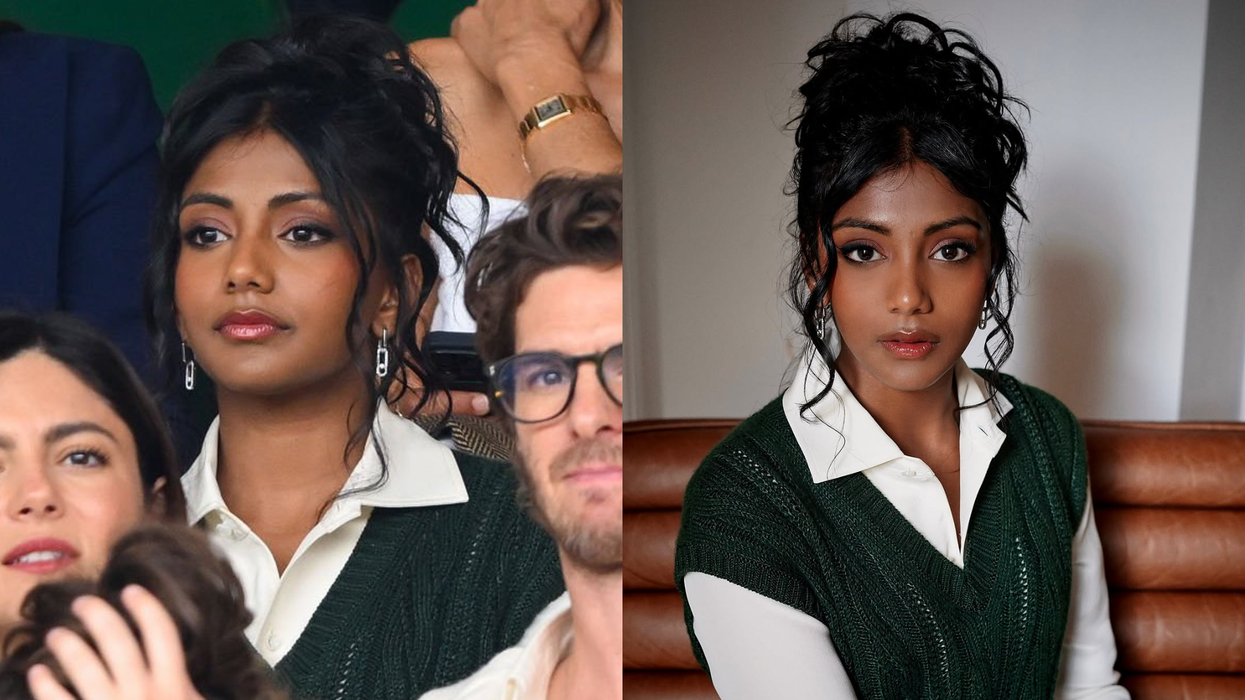

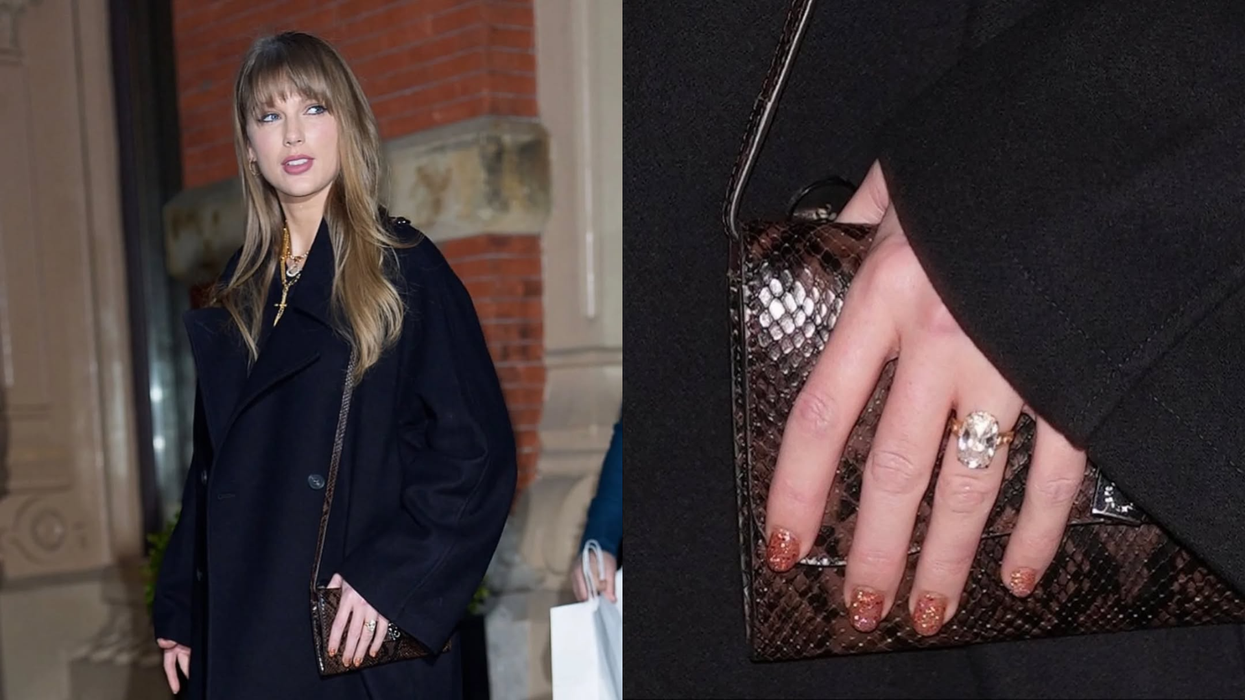
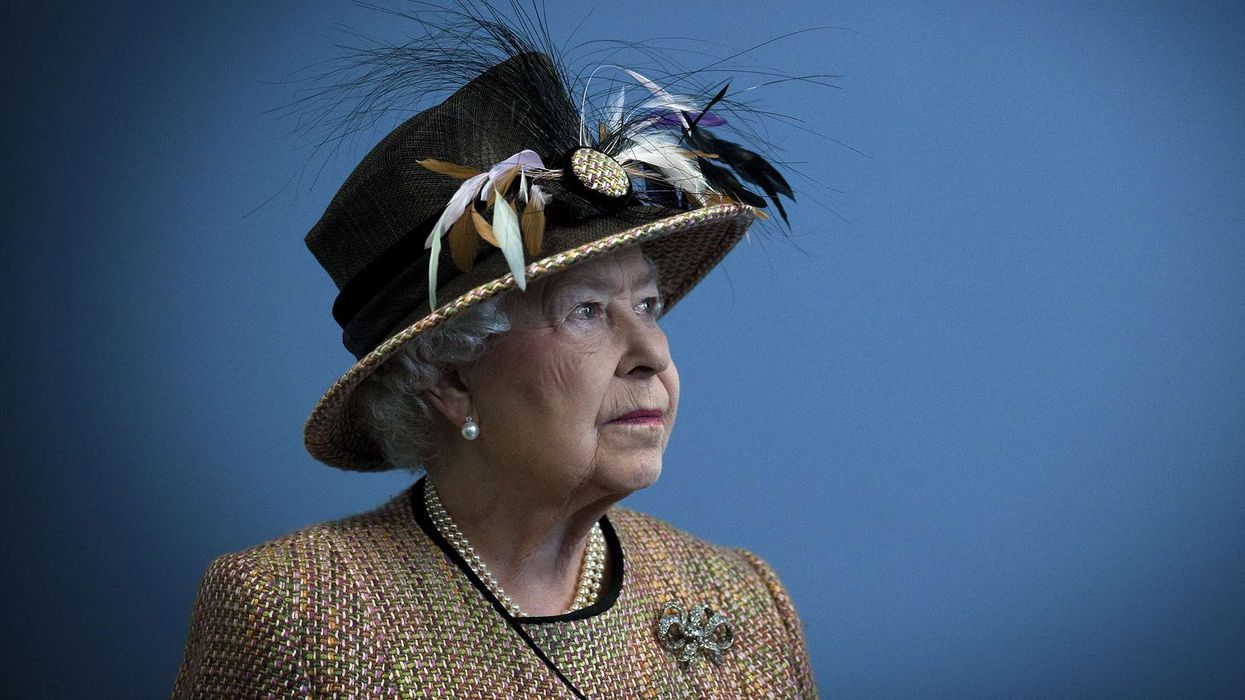
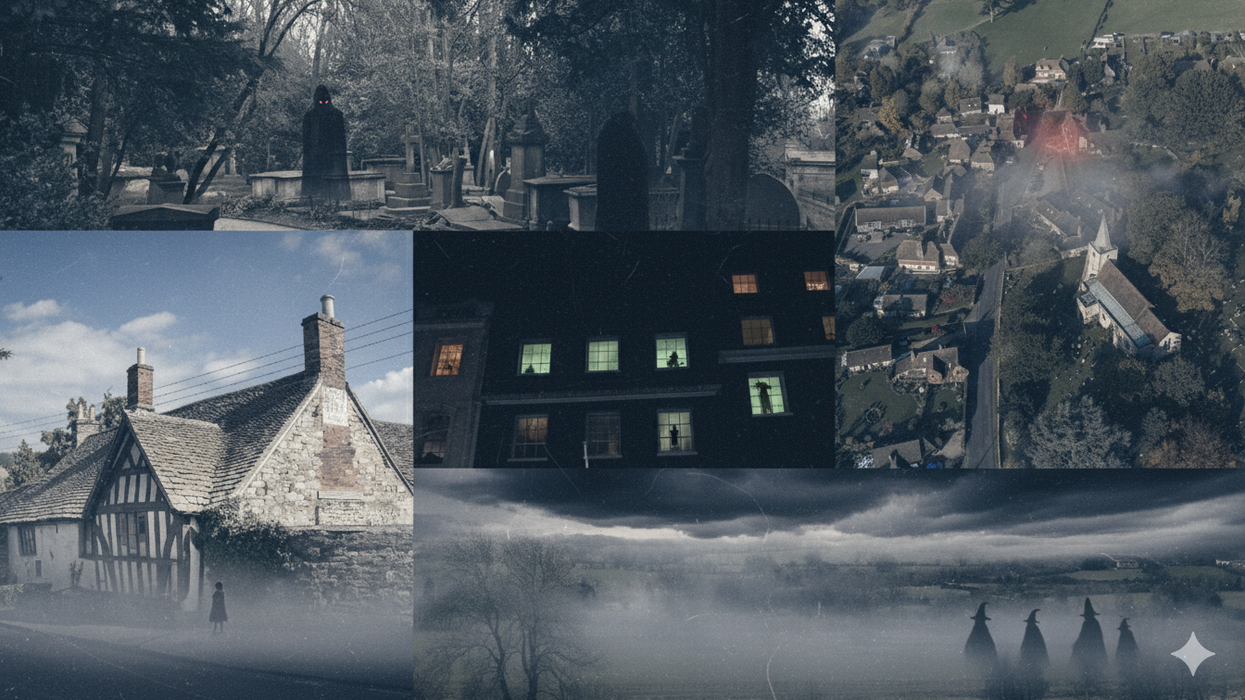
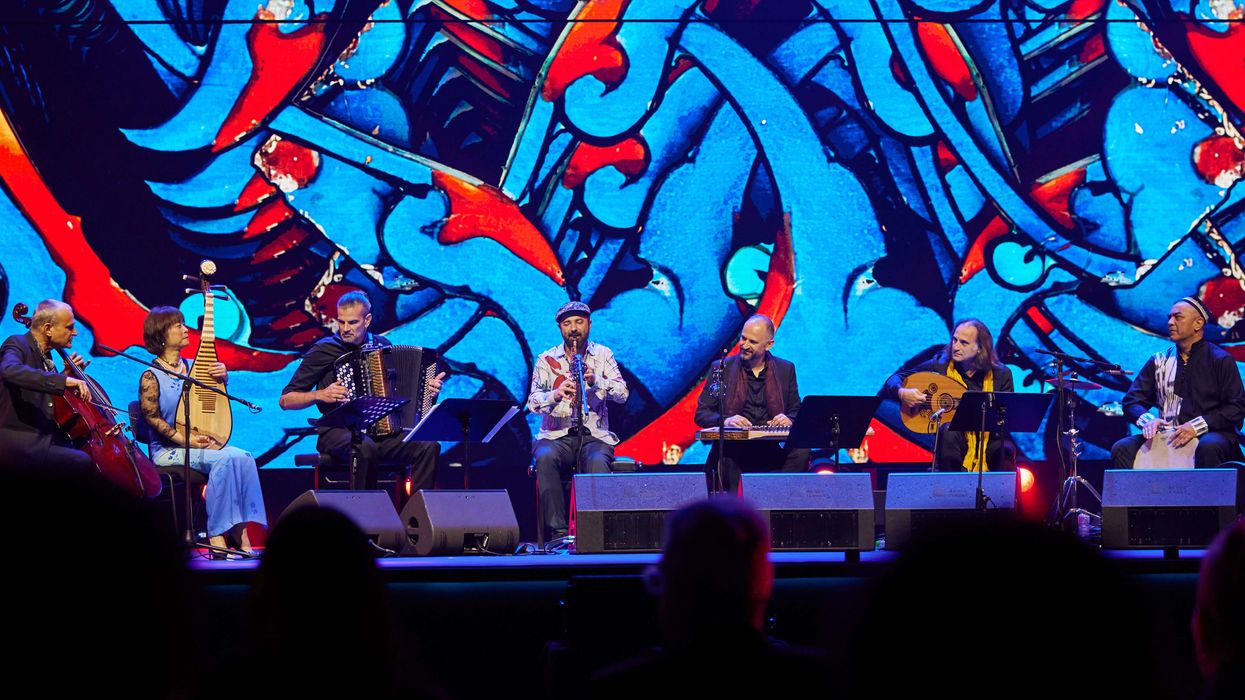
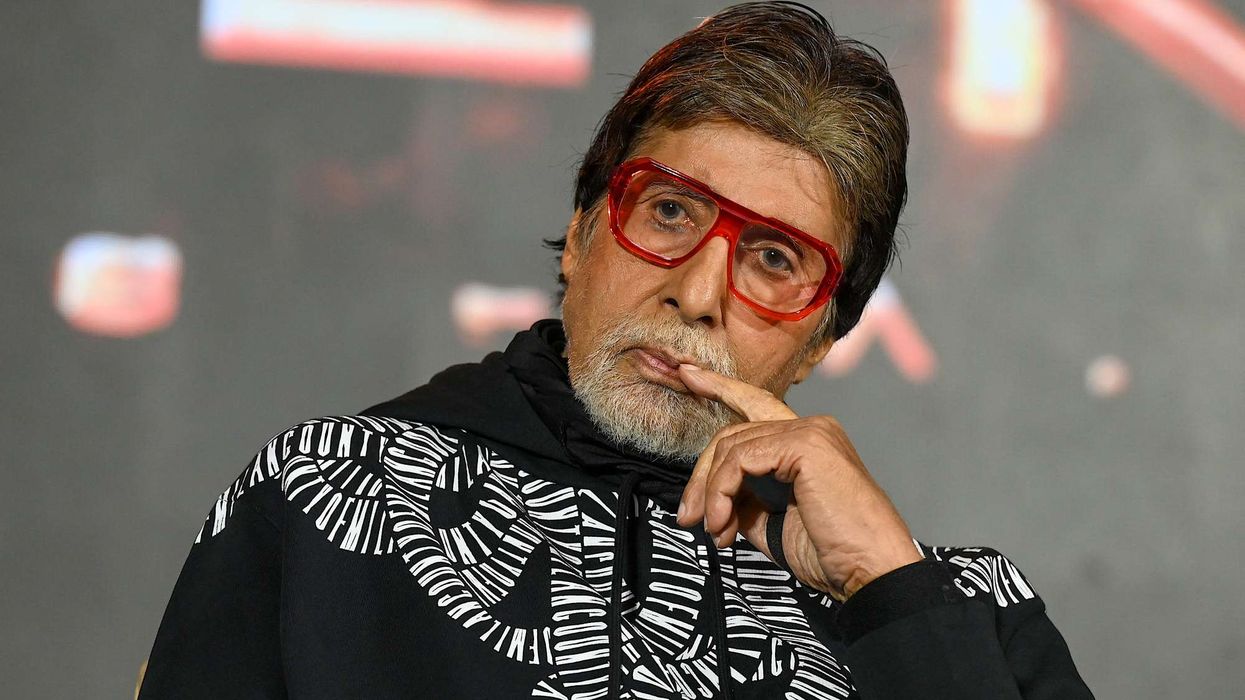
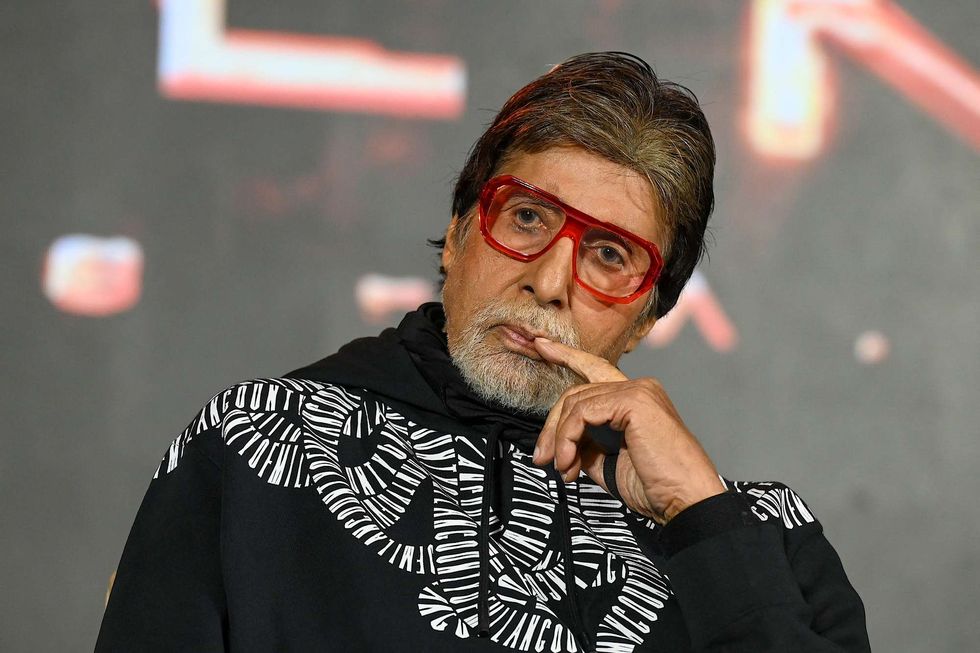 Amitabh Bachchan narrates powerful 26/11 tribute at Global Peace Honours Getty Images
Amitabh Bachchan narrates powerful 26/11 tribute at Global Peace Honours Getty Images 






